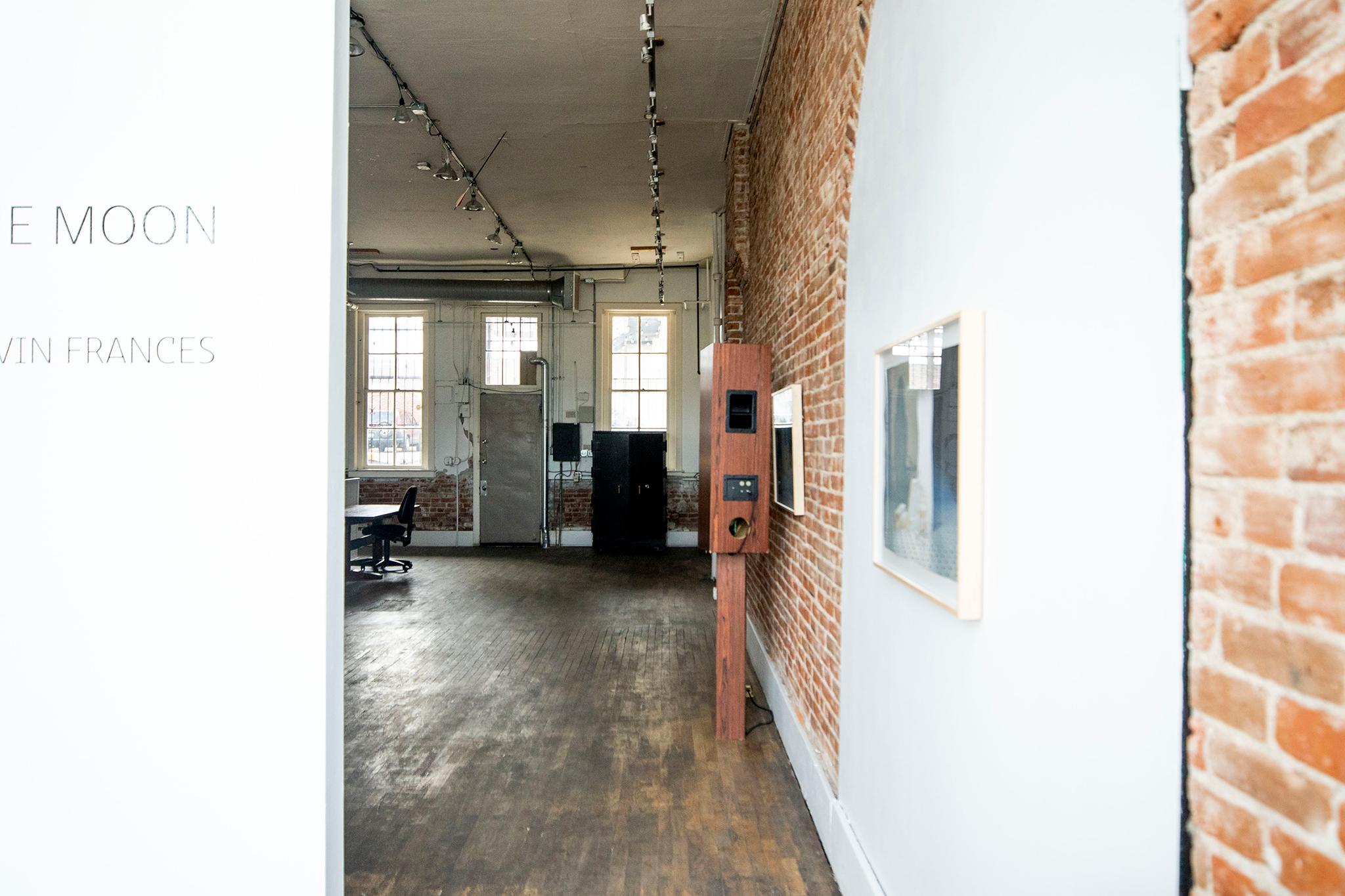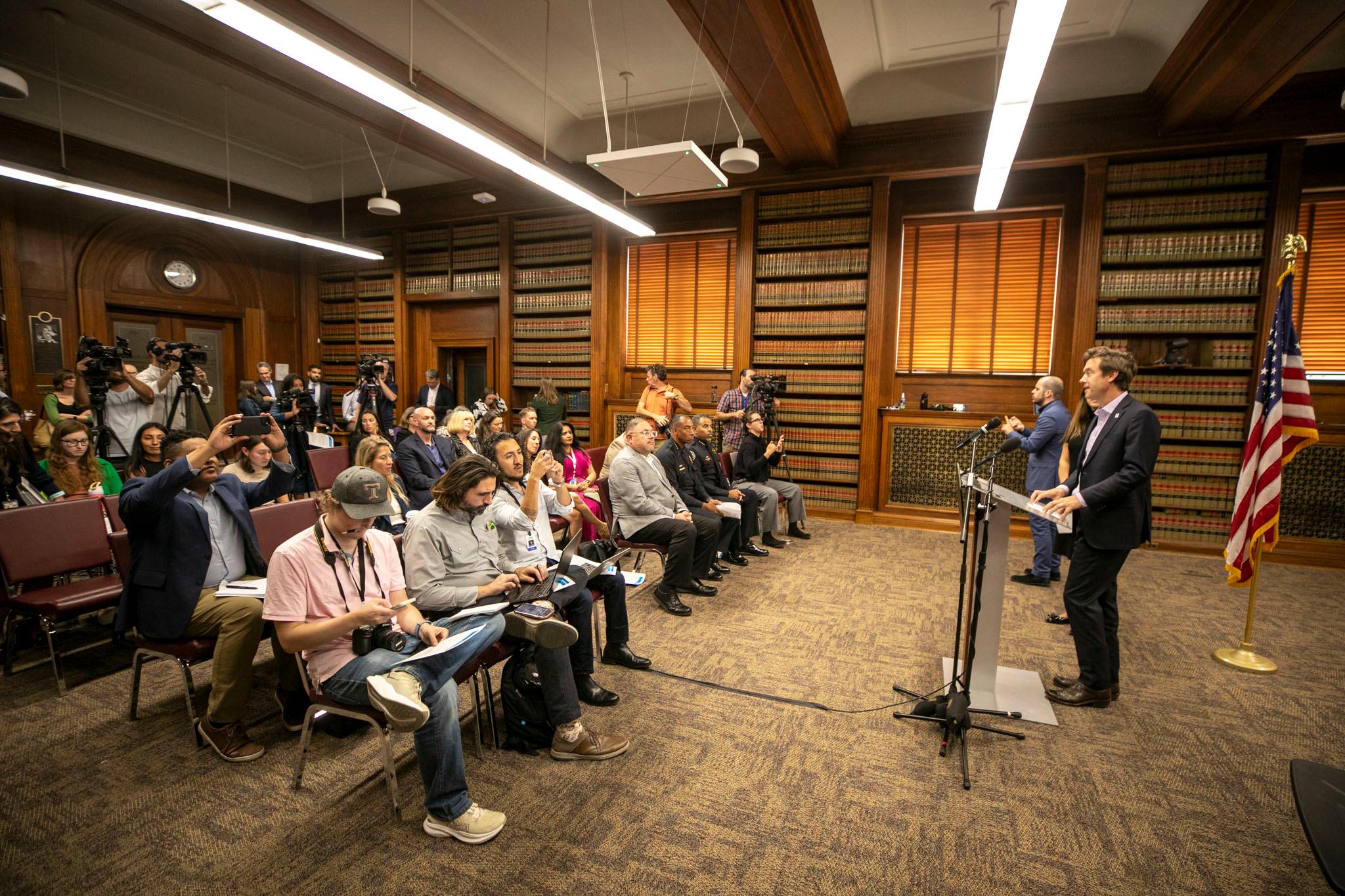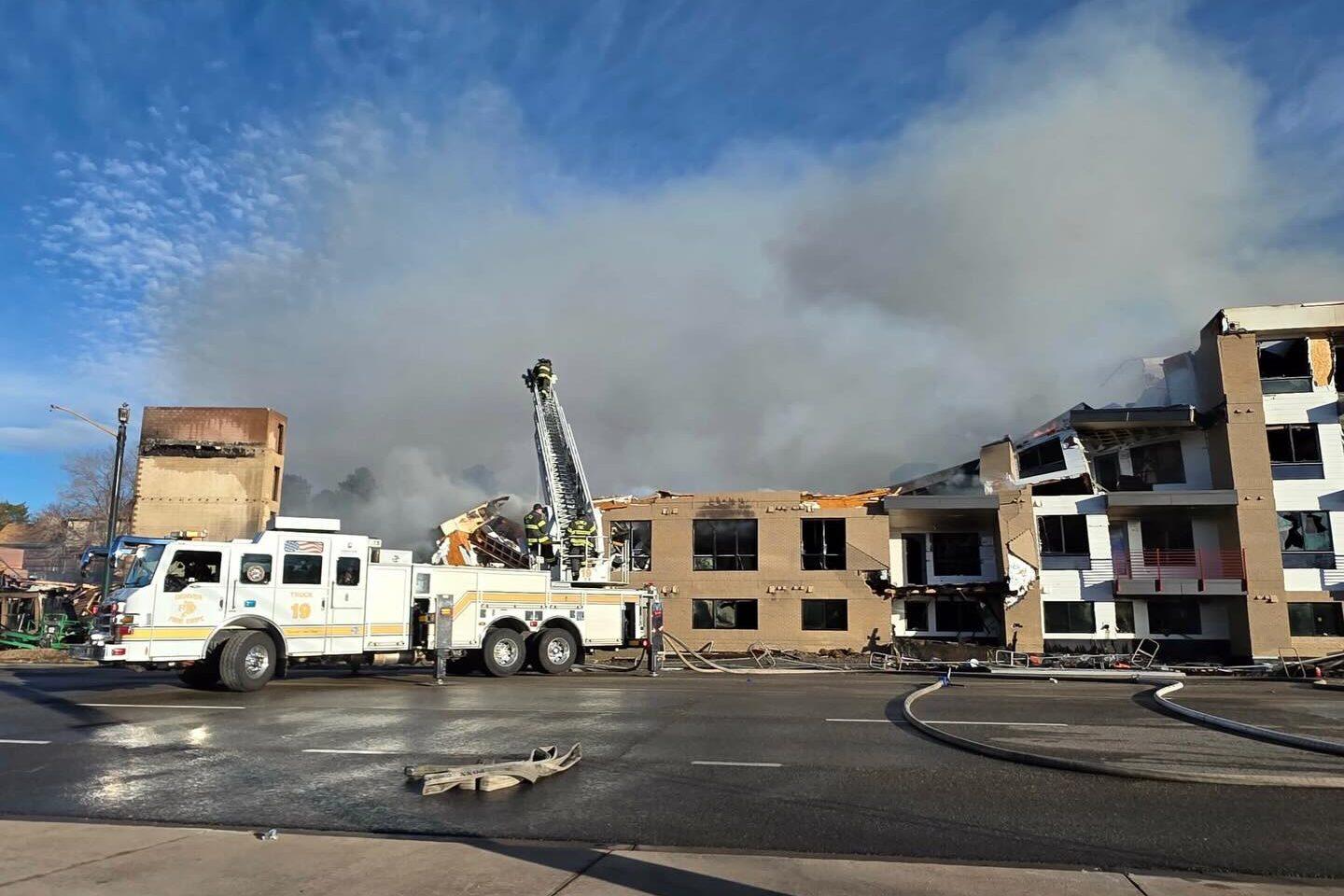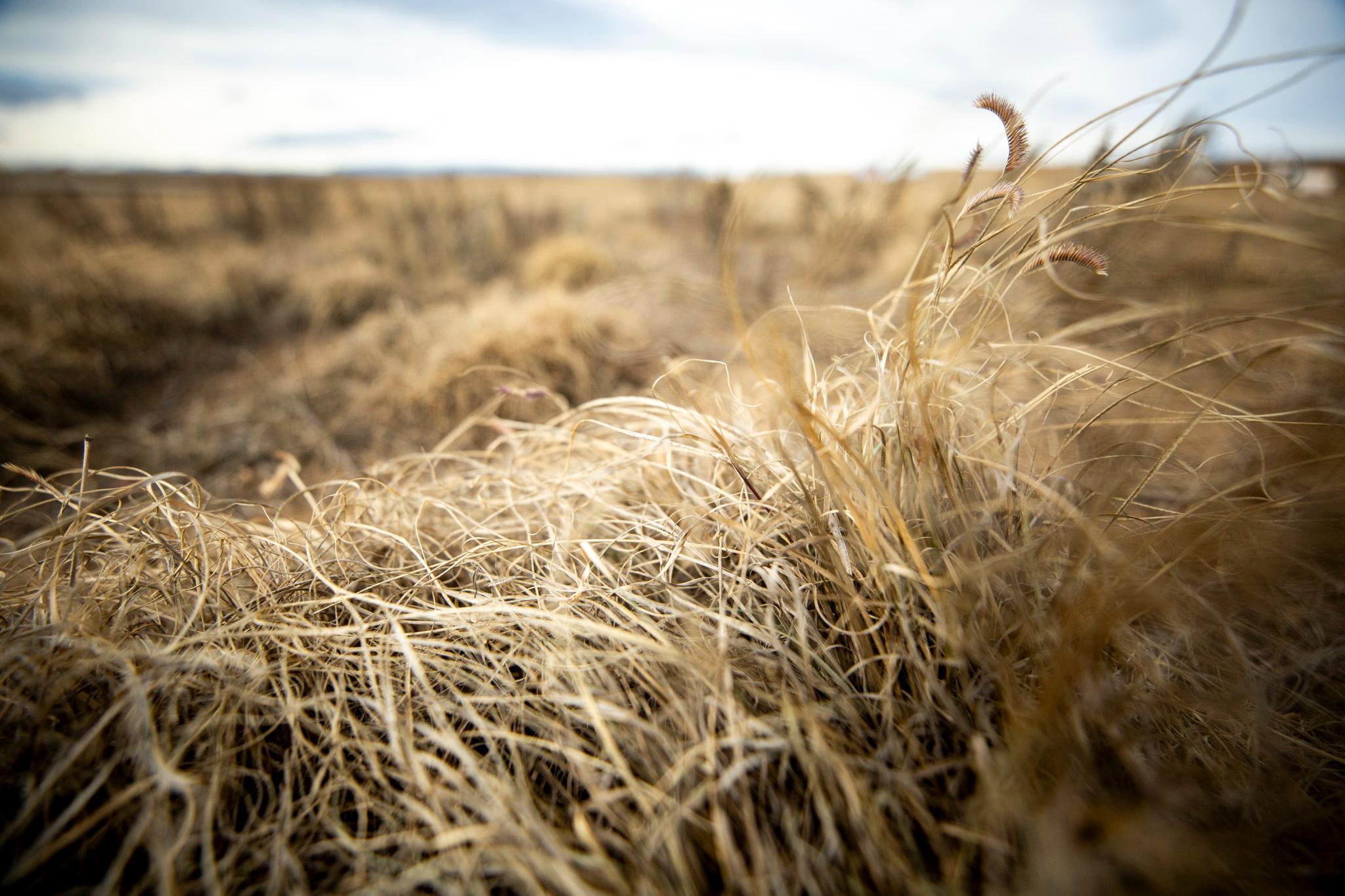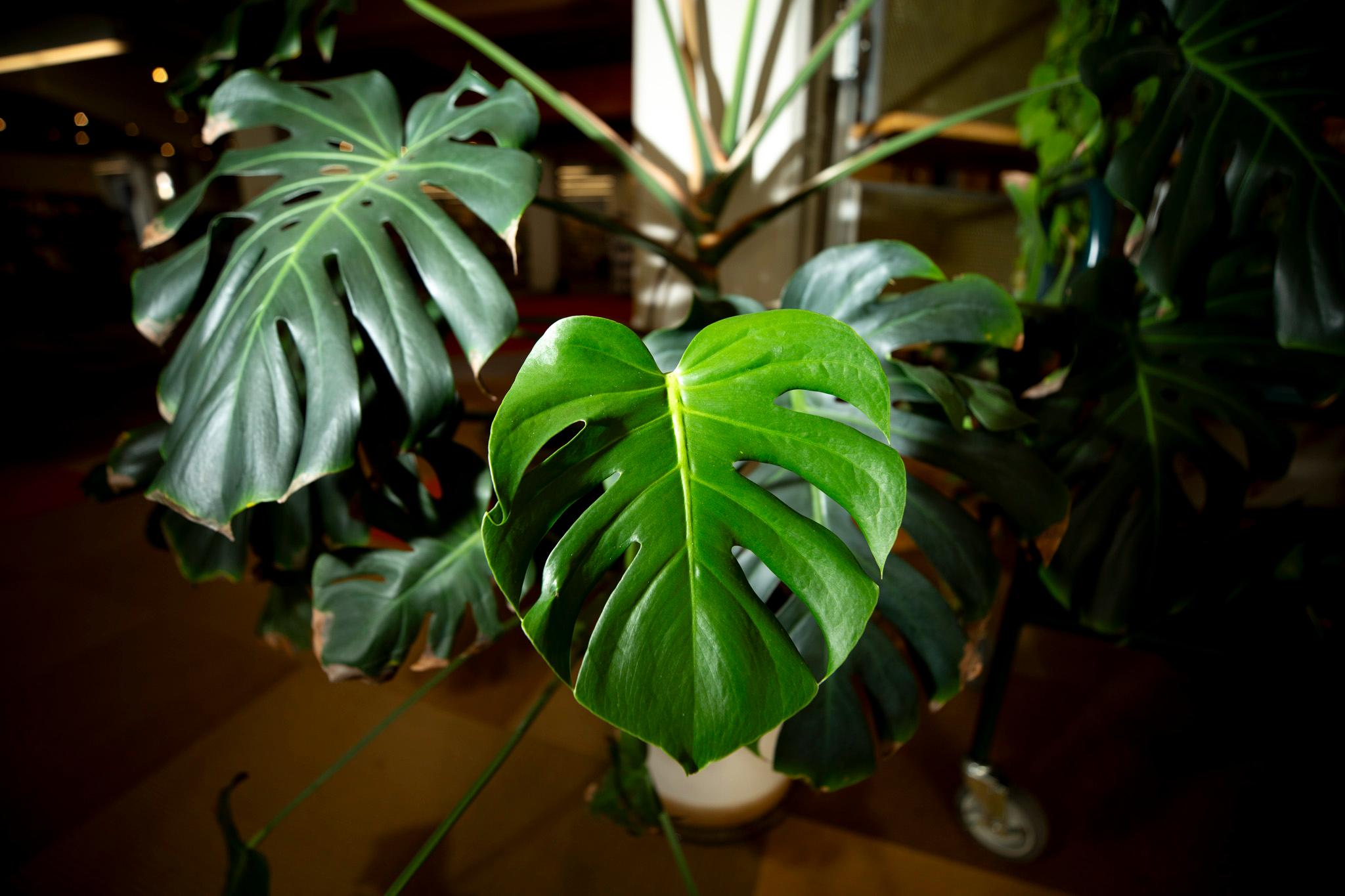With Leon Gallery closed for the pandemic, its artistic director considered asking an artist to create a piece for the front window.
After several visits to the nonprofit gallery and event space at 1112 East 17th Avenue in the last week, Eric Dallimore was left wondering who would see the work.
"It's a ghost town," Dallimore said of City Park West and nearby neighborhoods. "People weren't walking by."
He decided against a storefront installation. And he's taking down "Man in the Moon," a show of prints and sculpture by New Yorker Kevin Frances that had opened in February.
Still, Dallimore won't go as far as boarding up his windows, as he's heard owners of other businesses discuss. Instead, Dallimore plans to use the disease-imposed hiatus to sand and re-wax the gallery's floor and put up new storage shelves, tasks he'd been putting off.
"Right now is the perfect time to get in there and make a big mess," said Gallimore, who also helped found Leon, which he co-owns, in 2011 and is an artist.
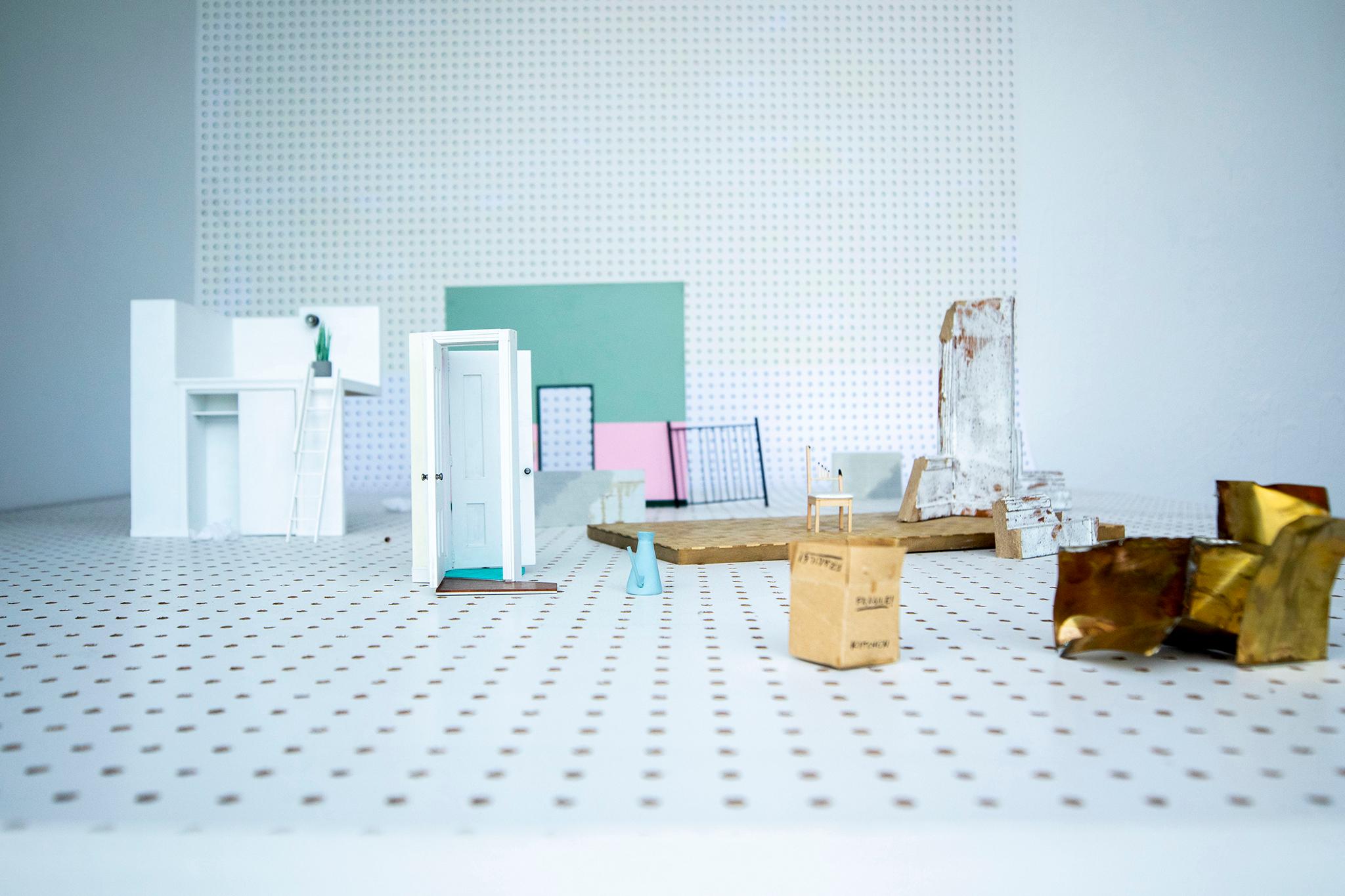
The coronavirus outbreak has kept art buyers out of Leon, but has not entirely stopped business. On Monday, Dallimore sent a client examples of the work of 12 artists. The client wants local art for eight tourists cabins being built in Estes Park.
Before coronavirus, Dallimore might have followed up the email with a meeting at the gallery, spending hours showing slides and answering questions. Now, he'll wait for the client to choose from the digital portfolio.
Dallimore had spent a week putting together the images and notes on the art and the makers.
"That kept me and my mind focused on the gallery and on our artists," he said.
Preparing the proposal also meant conversations with the artists he included, among them Kaitlyn Tucek.
Tucek had her first show at Leon last fall. Since then, Dallimore made an introduction for her at Metropolitan State University of Denver's Center for Visual Art gallery on Santa Fe Drive, which has more space than Leon and can accommodate an ambitious show Tucek plans for next year.
Tucek has been working in her home studio in west Denver on next year's show, which involves portraits of people she has interviewed about mourning and the objects that often are attached to memories of the dead. She'd asked Dallimore to sit for a portrait after he told her about the death in infancy of a sibling.
As an artist himself, Dallimore said, "it's only fair when someone asks me to be a subject to say, 'Yes.'"
Amid the tension and uncertainty of the coronavirus outbreak, "working on those portraits in the studio has started to feel a little odd," Tucek said.
She found a diversion in reviewing old work after getting the call from Dallimore about contributing to the portfolio for a client.
Tucek said the prospect of a sale is encouraging. It's clear their artist-gallerist relationship is about more than commerce. When Tucek says "Leon," it sounds as if she's talking about a person, not a business or a place. Which is fitting. When Dallimore and his co-founders named the gallery, the process sounded similar to choosing a name for a baby.
Tucek said she pictures both Dallimore and Leon's executive director, Eric Nord, when she says "Leon."
"I feel like Eric and Eric show a lot of passion in what they do," she said.
Dallimore said his connection to Tucek is "of course a working relationship. But it's also like we're family."
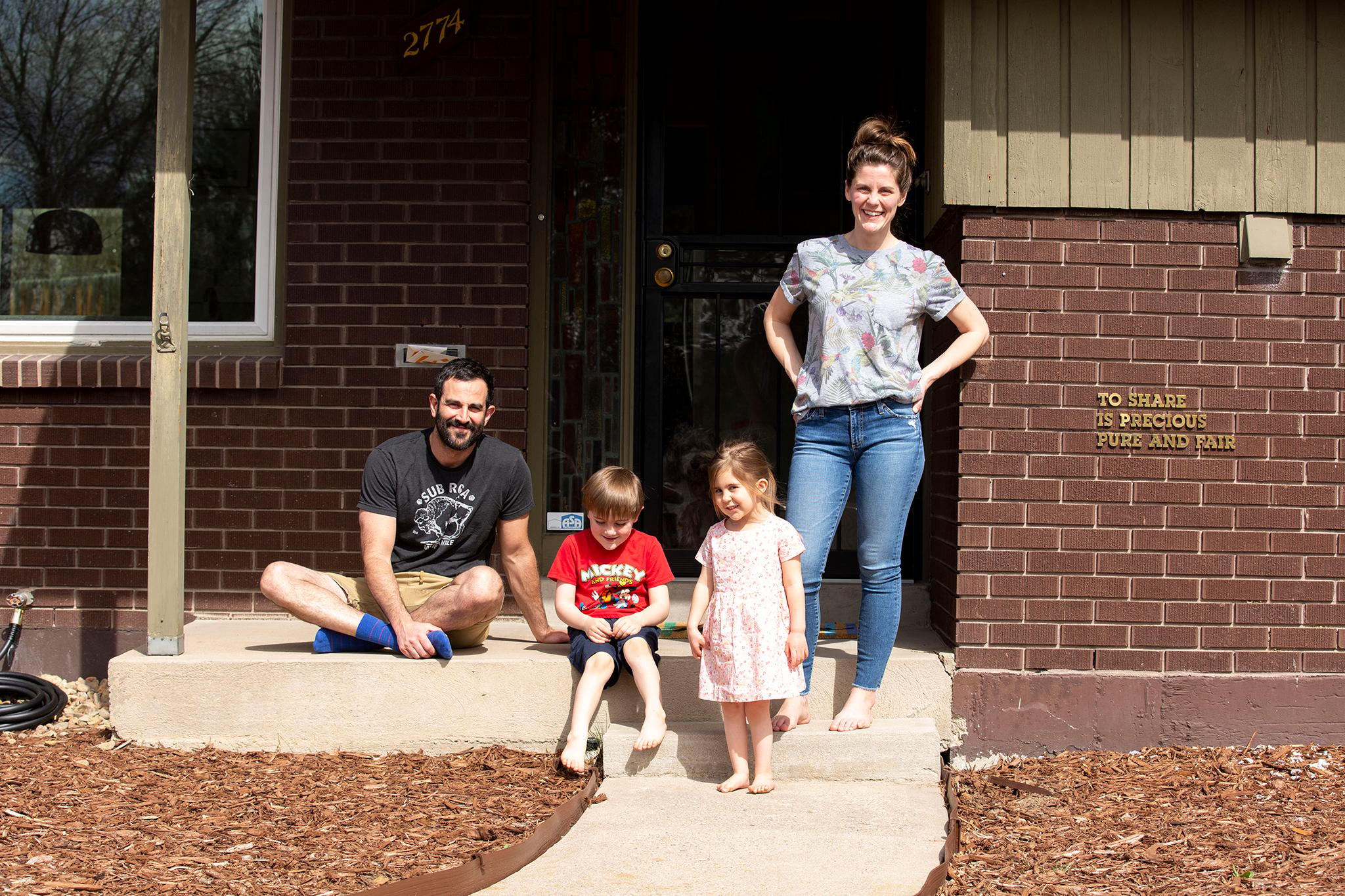
Tucek keeps in touch with Dallimore by phone and email. She leaves the video-conferencing to her five-year-old son, who has virtual circle time three days a week with his kindergarten class while his school is closed as part of the coronavirus shutdown. She also has a three-year-old daughter whose day care has closed. Her husband is also an artist and works as an economist for the federal Department of Labor and is working from home.
Tucek said she is drawing on her experience as a former elementary art teacher to work with her children during their unusual school break. She also makes time to paint, though lately it's been playful portraits of her husband instead of the mourning project.
The images of her husband, she said, express the quarantine sentiment of: "Oh, God, where are we at at this point, day 22 of staring each other in the face?"
Working toward a show for next year, she said, is easier than the situation in which some of her friends are in, having to cancel openings or re-imagine sculptures meant for galleries as two-dimensional pieces that viewers will see only on-line.
"I know a lot of artists who aren't working," she said. "There's a lot of staring into space. There's a lot of artists who aren't really sure what to do with themselves."
"At least I can have conversations with my gallery, just check in with them," she said. "They create a center point to go back to."

